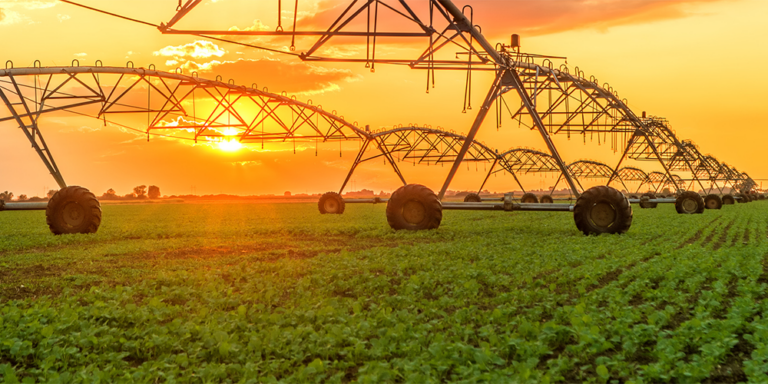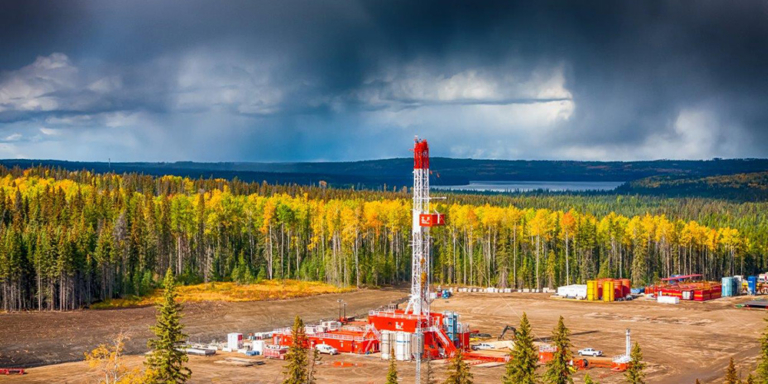You may want to cover your ears and hum when people start talking politics, but extreme weather is something you can’t ignore when it hits you.
From wildfires to flash floods to tornados – there’s never certainty on where or when they’ll strike, and when a disaster falls in your hometown, there’s only so much you can do.
Thousands of Albertans experienced this fear firsthand last wildfire season, as evacuations forced record numbers of people from their homes to get to safety.
Floods, extreme storms and other repercussions of a changing climate have become all too real for many of us.
We can have empathy watching through a screen, but nothing drives a disaster home like feeling the human impacts firsthand.
For those lucky enough to have avoided catastrophe, looking away can be all too easy.
Whether we acknowledge it or not, failing to take reasonable measures to address and combat the changing climate is already costing everyone.
Financially, it’s hit everyone where it hurts – the wallet.
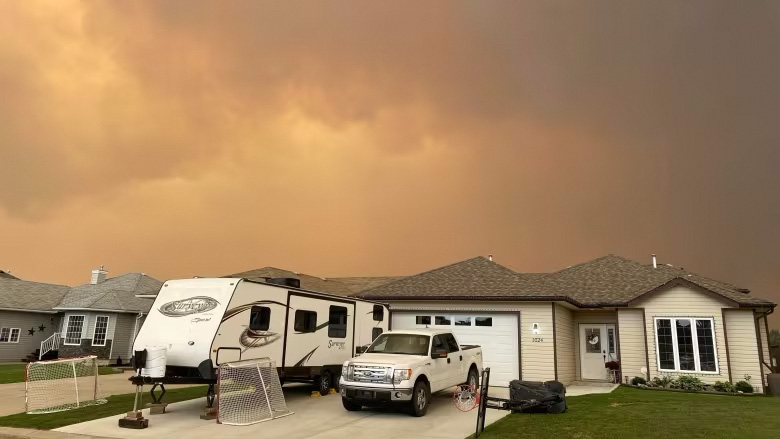

The Cost of Climate Disaster
Last year, extreme weather cost Alberta and Canada a fortune – over $3.1 billion in damages, to be exact.
From wildfires scorching coast-to-coast to heavy rains and hailstorms, nature grabbed our wallets – and took most of our cash.
A report by GHD, a global professional services company focused on sustainable water, energy, and communities, highlights the estimated economic impact of floods, droughts, and storms. The report projects a loss of $108 billion from Canada’s GDP between 2022 and 2050 due to climate-change-induced disasters.
And it’s not just future costs. The Alberta government forecasts an expense of $1.2 billion this coming fiscal year due to continuing droughts and unprecedented wildfires.
The cost of fighting fires alone is predicted at $750 million, with another $55 million already set for evacuation and disaster response.
While wildfires and drought have been hogging a majority of the spotlight for the last year, flooding could be our next big worry.
A 2022 Public Safety Canada Task Force Report states flooding is Canada’s greatest climate change risk.
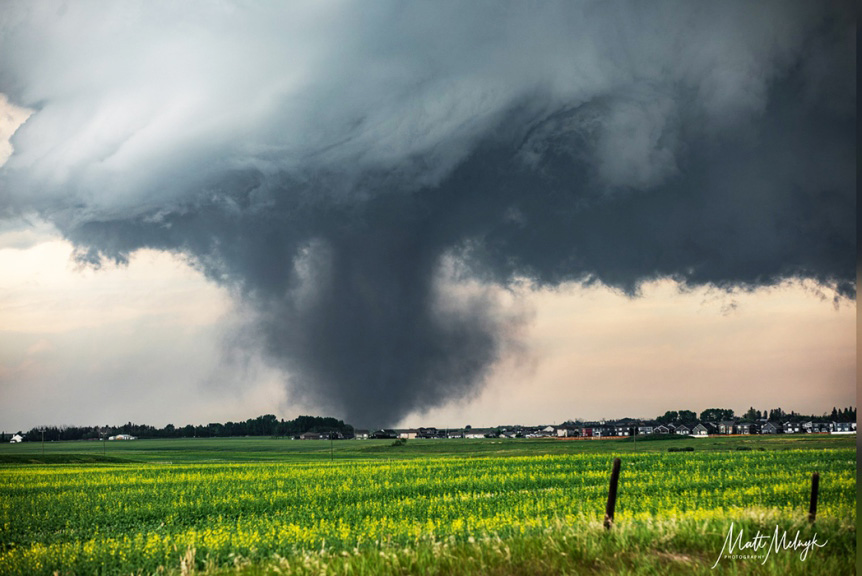

Unaffordable Insurance?
Canada is considered riskier to insure, which shows in the rising cost of insurance policies.
In fact, 1.5 million Canadian households cannot afford flood insurance now.
The federal government has promised a national flood insurance program, and with the predicted arrival of “La Niña” in the fall, we’ll need it more than ever.
La Niña causes cooler weather and greater levels of precipitation than normal.
Regarding the fed’s national flood insurance program, “Progress has stalled, leaving too many Canadians vulnerable to the effects of our changing climate,” says Craig Stewart, the Insurance Bureau of Canada’s (IBC) vice president of climate change and federal issues.
“Canadians now need the federal government to move forward with this program and announce details in the 2024 federal budget. The homes and financial health of over 1.5 million Canadians are at high and growing risk.”
While insurance will undoubtedly help us recover financially in the event of a disaster, at the end of the day, it can only cover so much, as we’ve seen in Albertan communities hit by summer flooding.
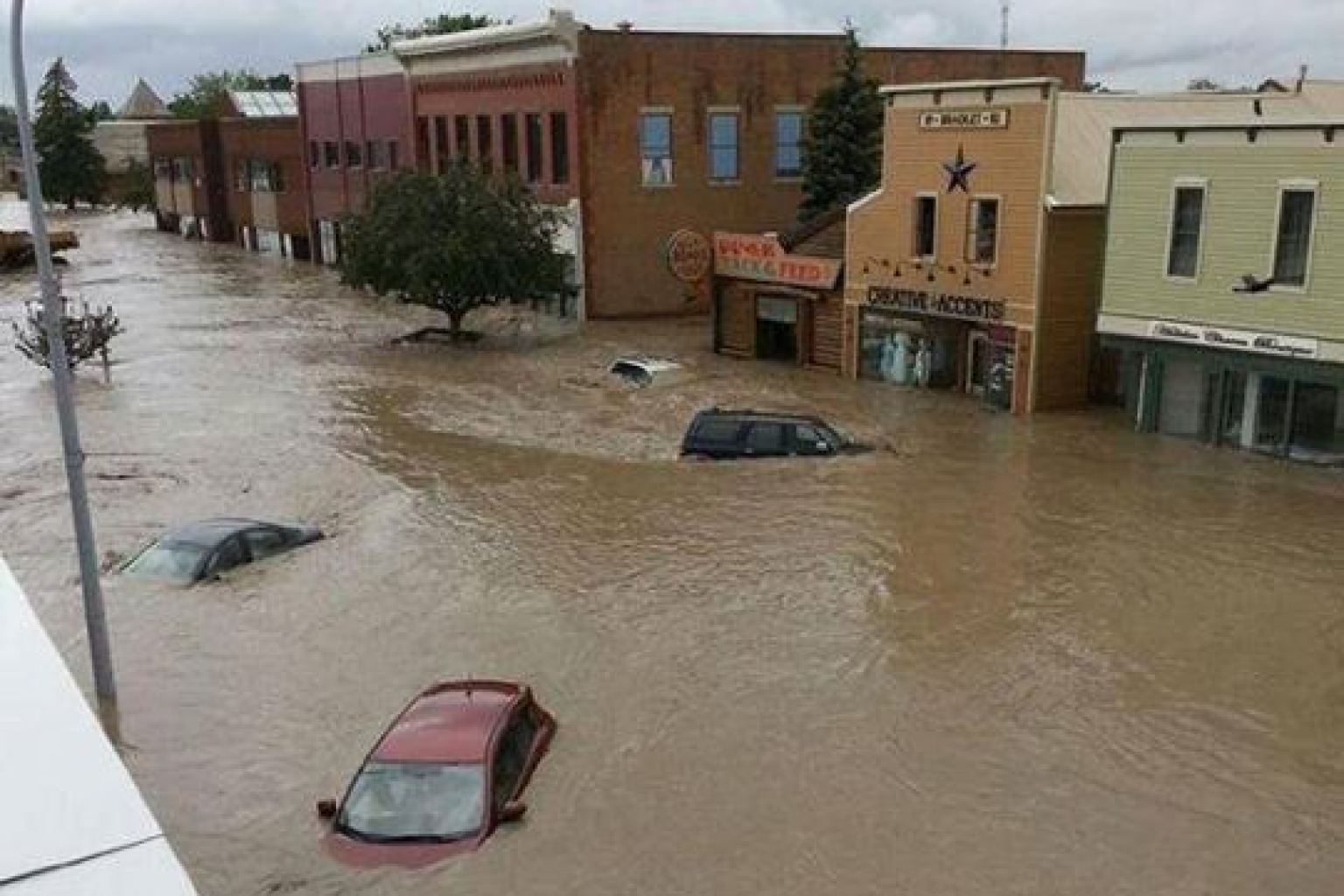

Disaster Recovery Funding
In December, the province announced $68 million in disaster recovery funding for residents and businesses in Edson, Whitecourt, Yellowhead County and Woodlands County.
All the money is intended to cover uninsured expenses, like property damage, repairs, and cleanup costs.
It’s good that the government has set aside these funds to help the people currently bearing the brunt of the climate crisis.
However, it’s a lot less costly in the long run to prepare for and prevent disasters before they happen.
Overall, the Albertan government is very much taking a “we’ll clean up messes as they come” attitude in regard to preparing for extreme weather patterns.
In the past, this made sense, as weather disasters were few and far between. But now, as we all know, and as NASA has documented, the frequency of extreme events is increasing.
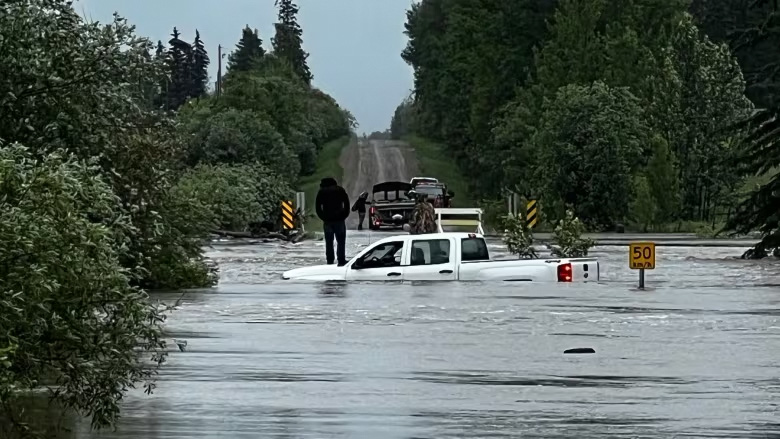

It’s Only Going to Get Worse
But moving into a future where intense climactic events are predicted to escalate, we need a change in approach – and we need it fast.
Otherwise, it won’t just be an increasing number of people directly affected who’ll pay the price.
All of us will bear the cost.
As we brace for more wild weather, it’s clear that investing in resilience is vital.
The sooner we act, the better prepared we’ll face the storms ahead.
We can pay now or pay way more later.




